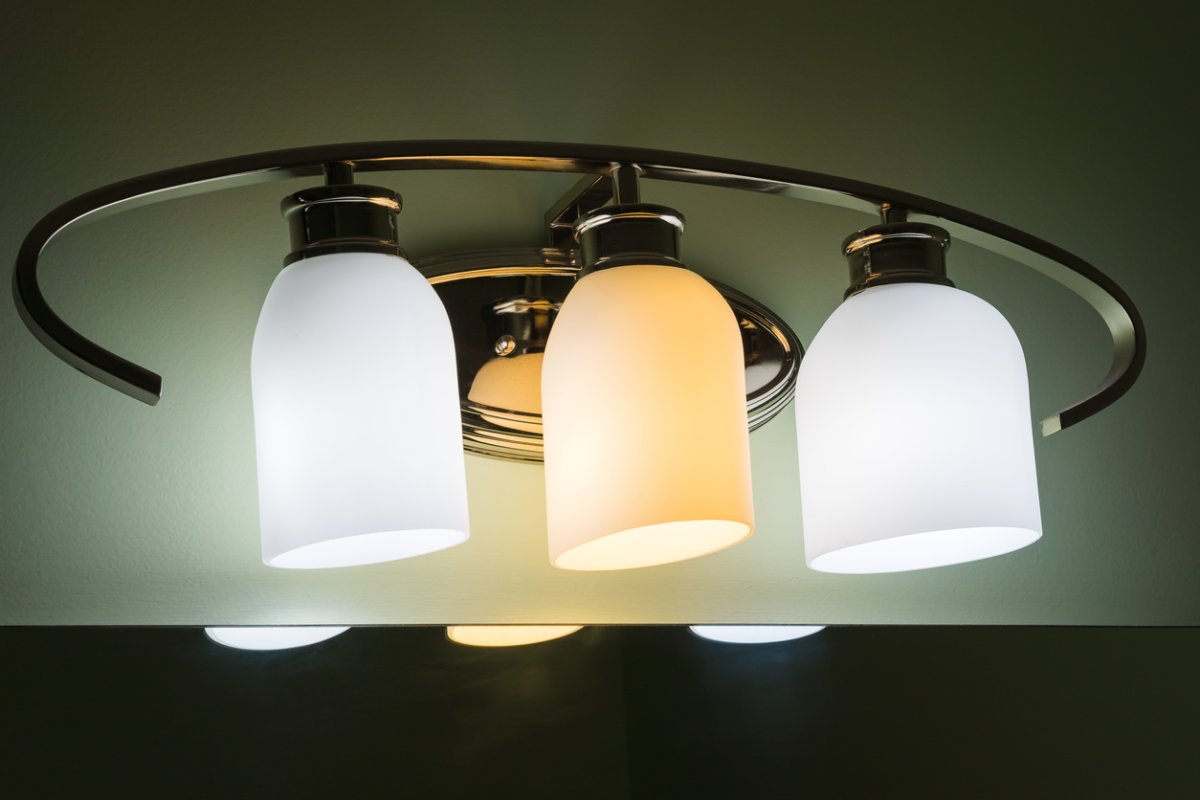

We may earn revenue from the products available on this page and participate in affiliate programs. Learn More ›
Lighting is maybe the most significant tool you can use to set the scene in each room of your home. While cool light is helpful in working areas like kitchens and home offices, warm, soft light is more welcome in rooms where you intend to relax like a bedroom or dining room.
It seems simple, but choosing the best types of light bulbs for each area in the home can quickly become overwhelming. Lighting mistakes that change a room’s entire feel are common and easy to make. Not only are there incandescent, LED, and smart light bulbs to choose from, but factors like color temperature are also part of the equation.
By knowing more about daylight and soft white light bulbs, it will be easier to select the most effective and comfortable lighting for each space. Keep reading to find out the differences between soft white vs. daylight light bulbs.
The main difference between soft white and daylight is color temperature, which is measured in Kelvin.
The color of light bulbs plays a key role in how they are chosen to illuminate different parts of a home. Light bulb color temperature, or the perceived color of a light, is measured in Kelvin (K). The whiter the light, the higher the K rating.
Soft white lights are 2,700K to 3,000K and display warm light tones across the spectrum of orange, red, and yellow. Daylight bulbs are 5,000K to 6,500K, emitting a cooler, bluish tone. Because color temperature induces different feelings, knowing the goal mood of a space can help when deciding whether to install soft white or daylight bulbs in a particular room.
RELATED: Solved! How Long Do LED Lights Last?
Soft white lighting evokes coziness.
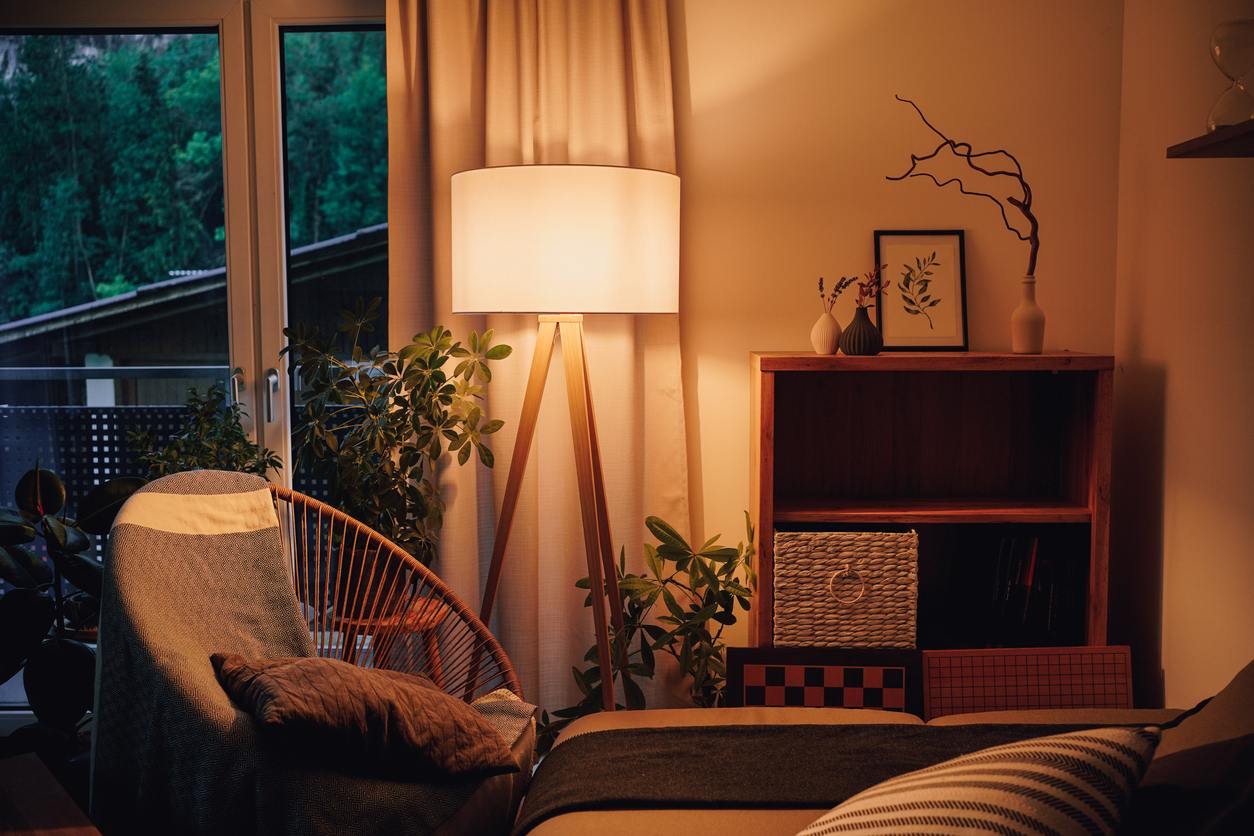
Typically giving off yellow and orange hues, soft white lights tend to create a cozy, intimate atmosphere reminiscent of a campfire or burning candle.
“The warmer the light, the cozier we find it,” explains ValueLights designer Marlena Kaminska. “A room bathed in soft lighting will feel more snug than if daylight lighting was used. Just think about how inviting the light from a stove or log burner is; the color of fire itself invites warmth. That’s why we associate orange light with warmth and protection. It is ingrained in our DNA, over generations and generations.”
Soft white lighting is ideal for rooms where people want to feel calm and relaxed or where you want to host an intimate gathering, such as dining rooms, living rooms, and bedrooms.
Daylight bulbs are considered better for visibility.
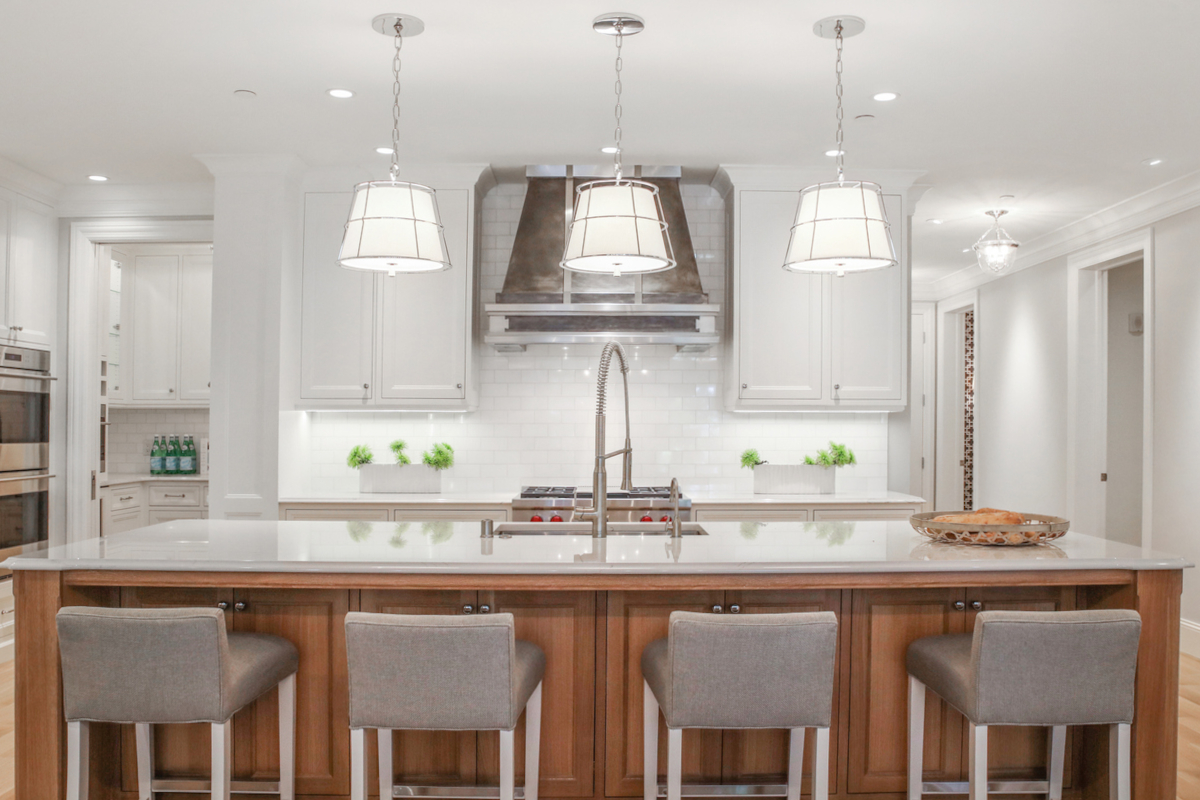
Daylight bulbs are vibrant, similar to the sun’s natural light, which makes them easier for people to see when reading or working on a project like cooking or crafting. According to Kaminska, daylight bulbs are the perfect choice for task-based lighting, such as ceiling lights in the kitchen or a desk lamp in a home office. She says, “We associate blue cool-toned lighting with alertness, openness, and awareness—boosting visibility and thus the ability to focus.”
Daylight light bulbs’ color temperature makes them a good choice for kitchens, bathrooms, craft rooms, workshops, and home offices.
Soft white bulbs can enhance a warm decor scheme.
Each type of lighting choice can influence the surrounding décor in the room. The yellowish hues of soft white bulbs pair well with a warm color scheme.
“In terms of color coordination, soft white bulbs harmonize well with warm tones, earthy colors, and deep hues. They are ideal for complementing interior designs featuring reds, yellows, and browns,” notes Arit Jain, an interior designer at McLine Studios.
Soft white light also works well with wood, such as hardwood floors, wood cabinetry, and other wood features.
Daylight complements cool colors like blue and white.
Since daylight bulbs produce a cool, blue tone, they work well with color schemes featuring blues, greens, blacks, and grays.
“The cooler, bluish light of daylight bulbs complements cool colors like blue and white,” explains Tyler Horn, owner of lighting design and installation company Luminism Design. “It makes these colors appear crisper and more vibrant. This is why daylight bulbs are often used in settings like bathrooms or offices where a clean, invigorating light is desired.”
Consider this guidance when choosing paint, wallpaper, fabric, and other décor items.
A combination of soft white and daylight bulbs can be useful in some rooms.
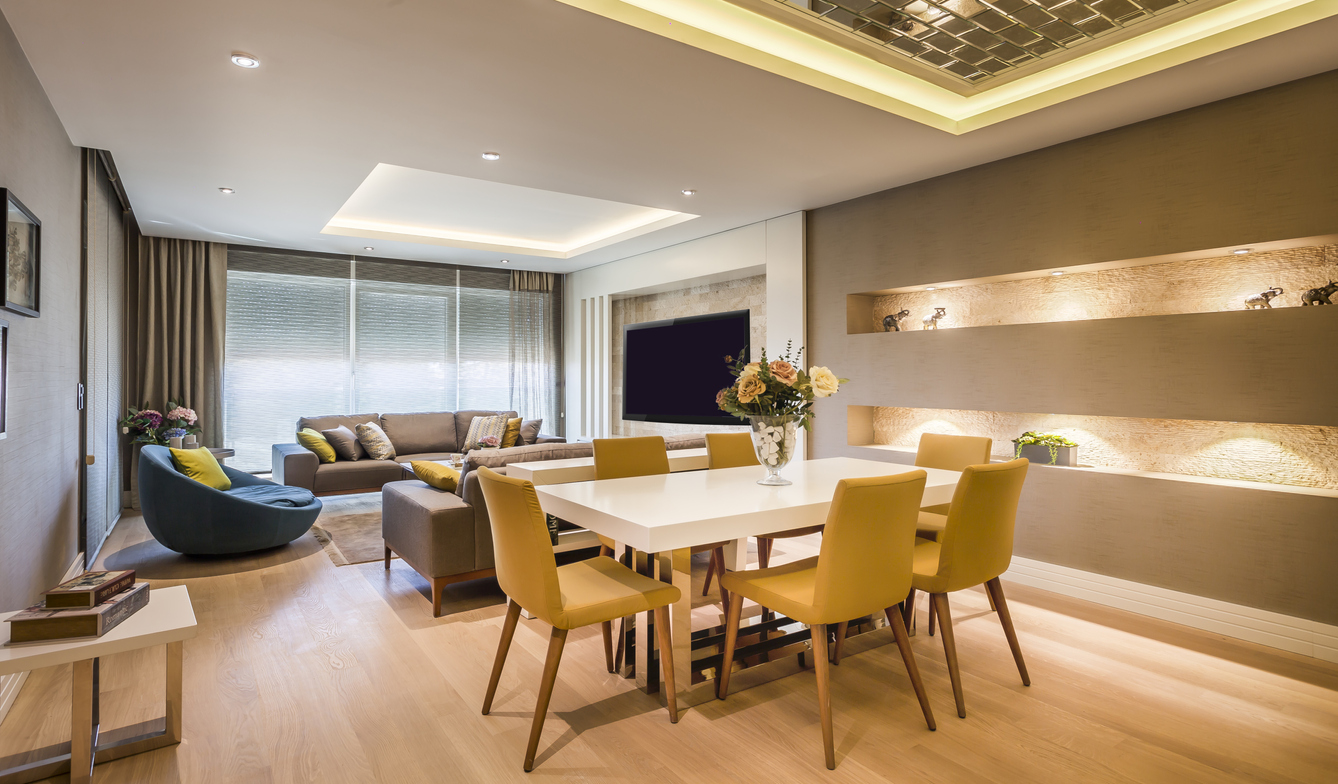
What do you do when a room serves multiple purposes? Can a combination of soft white and daylight bulbs be used? While this approach is possible, it requires careful consideration and flexibility.
“In general, using bulbs with varying color temperatures together in one room risks creating an inconsistent ambience and can cause subliminal stress,” warns Kaminska. “However, the exception to this rule is in multifunctional rooms, such as your living room. Here, lighting temperatures can be layered to be used at different points throughout the day.”
She recommends choosing daylight bulbs to boost alertness during the day and calming, soft white warm-toned bulbs in the evening to give eyes a break.
RELATED: The Best Energy-Efficient Light Bulbs
Ideal Applications for Soft White vs. Daylight Bulbs
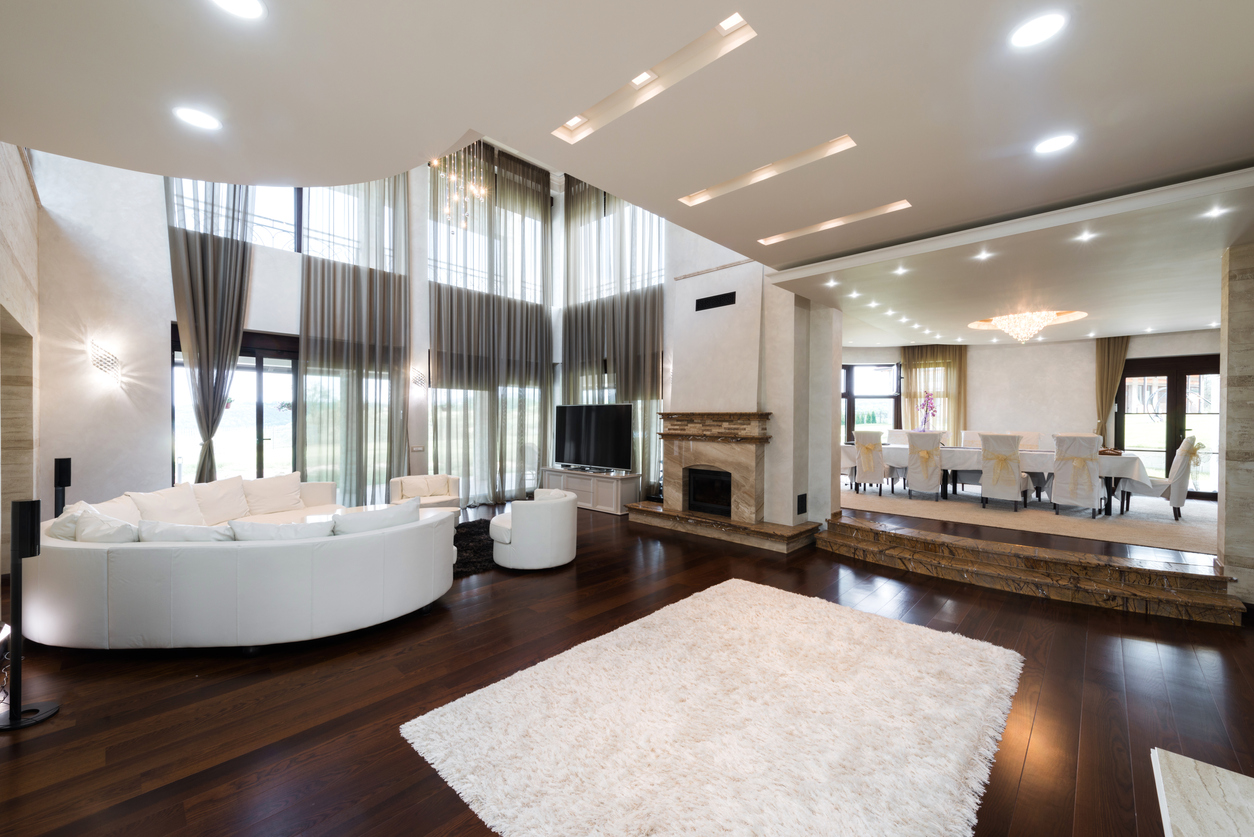
When it’s time to determine whether soft white or daylight bulbs are the best fit for a room, consider how the area will be used and the desired ambiance.
“A good place to start when thinking about which bulb temperature to use is to think about mood,” suggests Kaminska. “Mood lighting is one of the most important parts of décor for your home and will shape how each room feels.”
As mentioned earlier, daylight bulbs create a vibrant and crisp environment that promotes productivity and alertness. Soft white lighting, on the other hand, provides a more soothing aesthetic. Here are some specific ways these two types of lighting can be used throughout the home.
- Kitchen: Since kitchens are task-oriented spaces, daylight bulbs are the preferred option. Meal preparing, cooking, and reading recipes require cool-color lighting that boosts visibility.
- Dining room: Use soft white bulbs in the dining room to instill a cozy atmosphere for group meals and other gatherings.
- Living room: Create an inviting area to spend time with friends and family with soft white light bulbs for living rooms that give off a warm, yellowish glow.
- Family room: In a spot where people typically hang out and watch television, soft white light is often the ideal.
- Bedroom: Bedrooms are a peaceful retreat in the home, where you unwind and easily fall asleep at night. Therefore, the best type of light is the warm and gentle hue of soft white bulbs.
- Bathroom: Choosing the best lighting for a bathroom can be a bit tricky; it really depends on the desired ambiance. On one hand, bathrooms need ample lighting for styling hair, shaving, putting on makeup, grooming, and other self-care tasks. Daylight bulbs would be helpful for these activities. On the other hand, for those who prefer the bathroom to feel more spa-like, then opting for soft white lighting makes more sense. Consider using a combination of lights.
- Office: Daylight bulbs are the favorable option in an office environment to help people stay focused and productive. They also minimize eye strain while reading and writing.
- Garage: If the garage is used for up close tasks like fixing cars and bikes, painting, and vacuuming the inside of the car, then daylight bulbs will provide sufficient light.
- Workshop: Choose daylight bulbs for detailed projects that take place in a workshop like painting, hammering nails, and sawing. The daylight bulbs will provide strong enough lighting to ensure full visibility.
